





The Surrealism Website
André Masson (1896-1987)
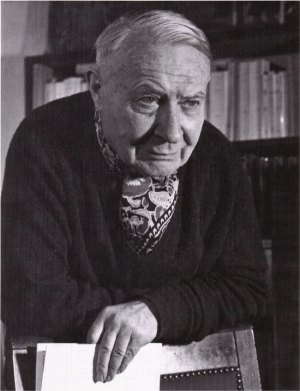 André Masson was born at Balagny in France but spent much of his youth in
Brussels, and was admitted to Académie Royale des Beaux-Arts at the age of eleven. In 1912 he came to Paris to study at the Ecole des Beaux-Arts. During the First World War he served in the French Army 1914-19, and was gravely wounded in the chest. Rescuers were unable to get him to safety and he was left for the night, half-dead, on his back. This experience severly traumatised him.
André Masson was born at Balagny in France but spent much of his youth in
Brussels, and was admitted to Académie Royale des Beaux-Arts at the age of eleven. In 1912 he came to Paris to study at the Ecole des Beaux-Arts. During the First World War he served in the French Army 1914-19, and was gravely wounded in the chest. Rescuers were unable to get him to safety and he was left for the night, half-dead, on his back. This experience severly traumatised him.
After the war he lived in the South of France, but returned to Paris in 1922 where he met Miró and Breton. His paintings of that time were of forests, card players and still lifes. His studio in Paris was a gathering place for a group of radical young artists, writers and poets. From 1924 to 1929 he actively participated in the Surrealist movement, undertaking a number of automatic drawings and explored other chance effects in art, including sand paintings. He began to create paintings of metamorphoses of animal and human forms, themes of germination, combats and massacres, with emphasis on violence and eroticism. Together with his different political stance from Andre Breton, these massacre paintings led to him being expelled from the surrealist group in 1929. In 1934, after seeing the fascist riots in Paris, he moved to Spain for two years and made some paintings of bullfights, Spanish myths and themes.
When the Germans occupied France in 1939, Masson was in danger of persecution by the Nazis because of his 'degenerate' artwork and because his wife, Rose Maklès, was Jewish, so he was able to flee to the USA where in this more positive environment he changed style again creating a number of works inspired by the elemental forces of nature.
He was able to return to France in 1945 and lived in Aix-en-Provence. There he painted landscape themes such as mountains and waterfalls
for several years, followed by some almost completely abstract pictures. In 1980 he had to abandon painting because of ill health.
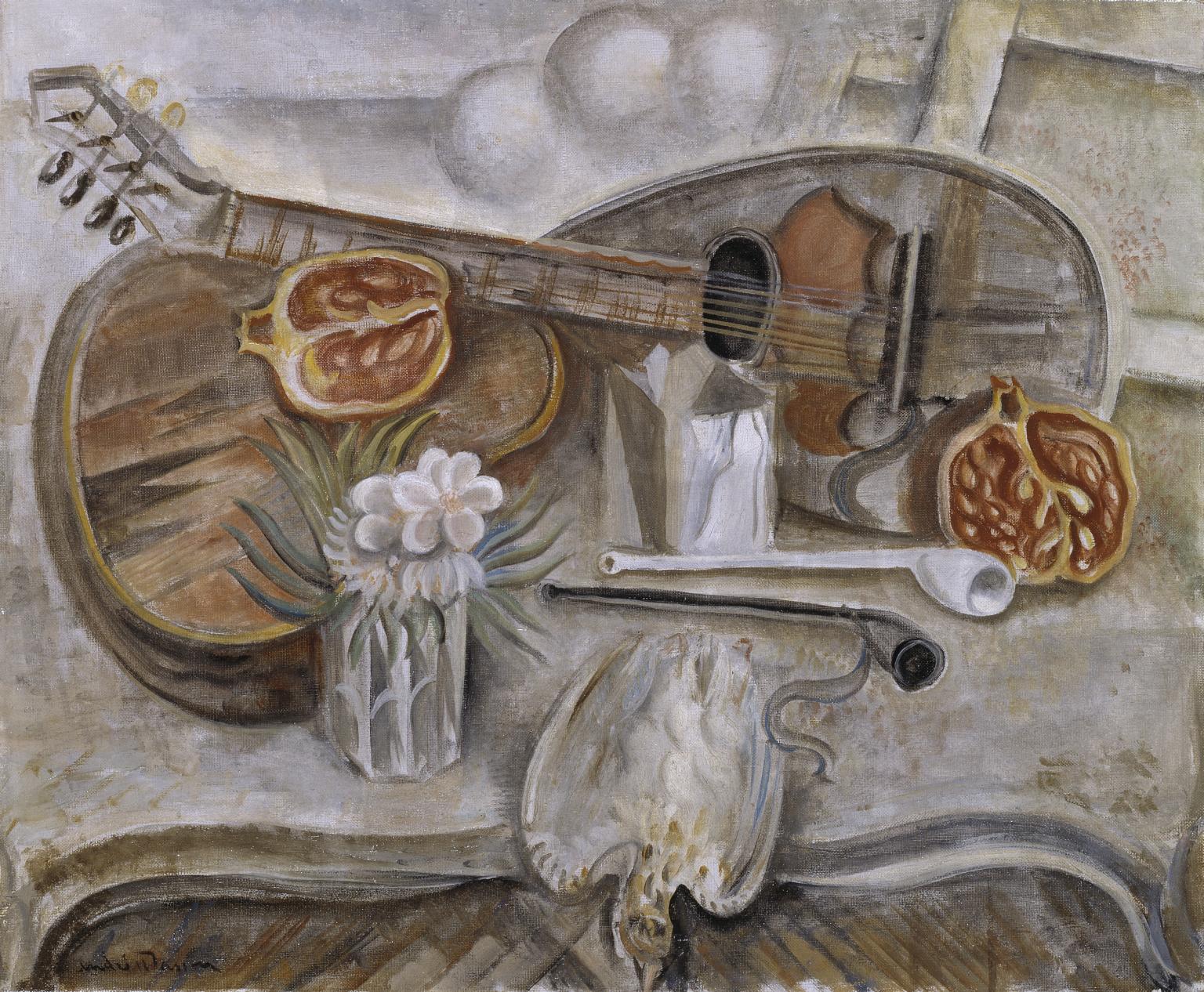
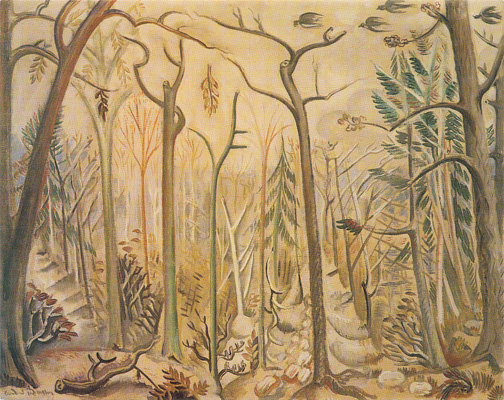
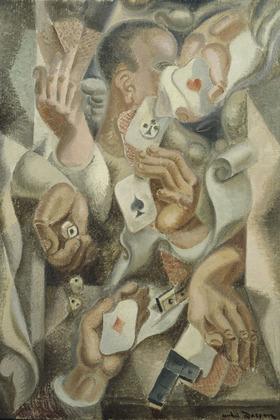
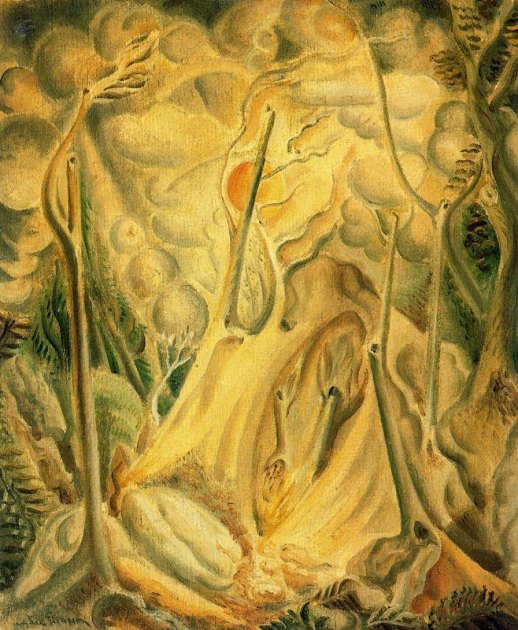
.jpg)
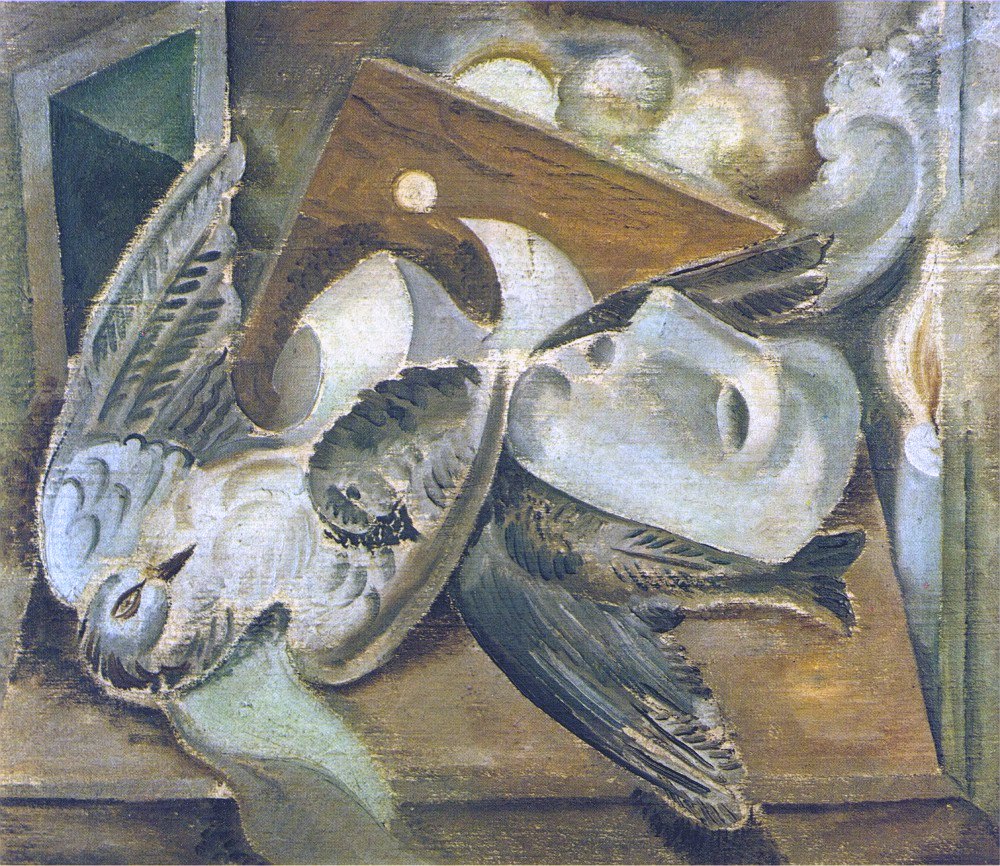
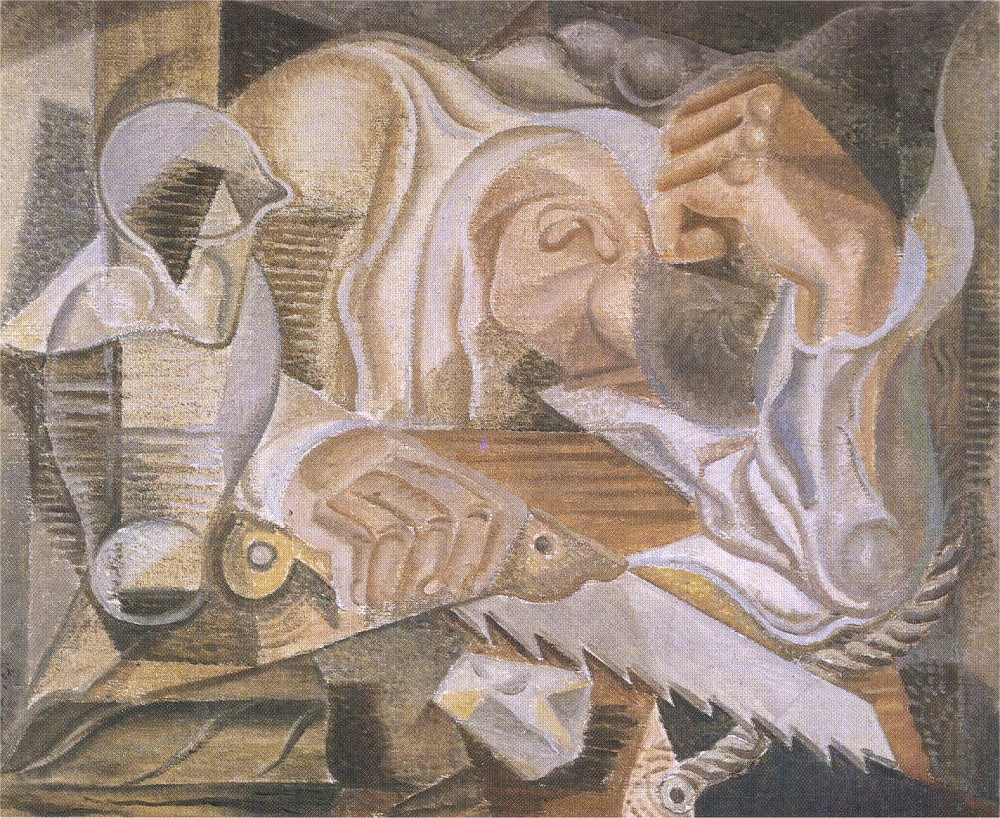
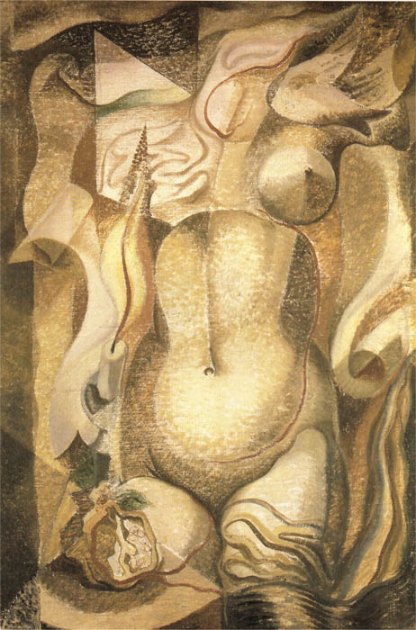
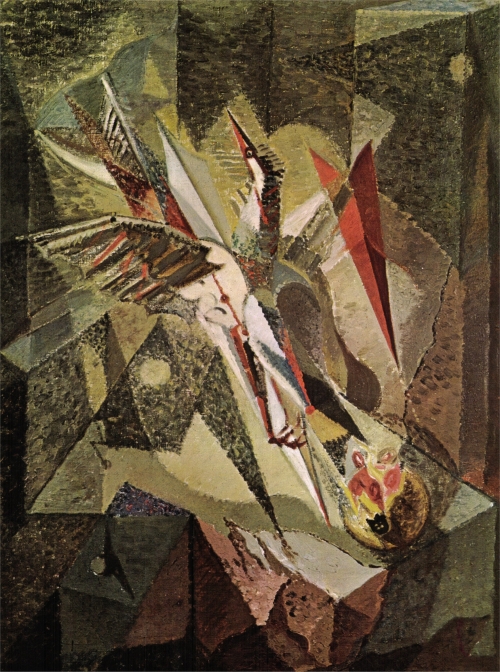
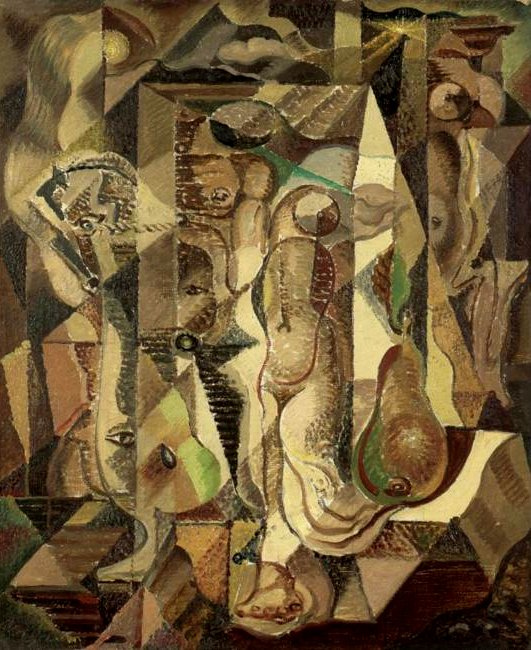
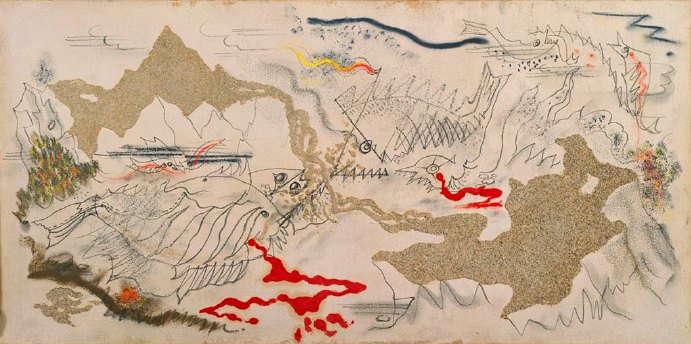
.jpg)
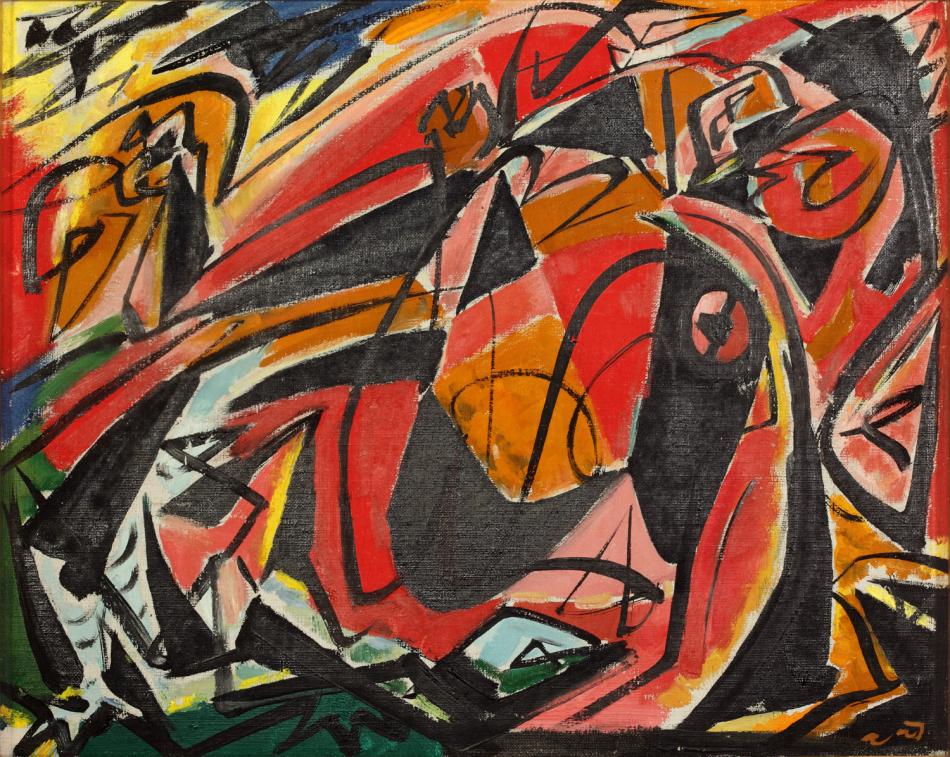


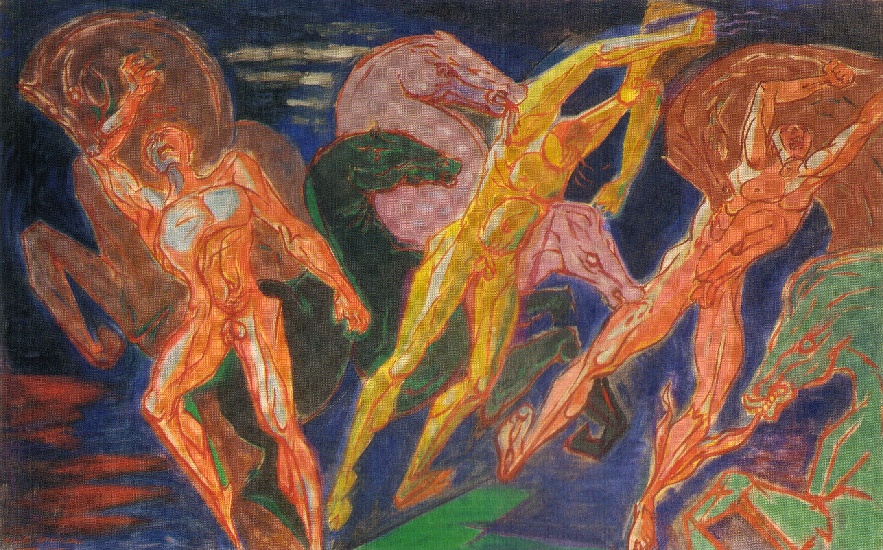
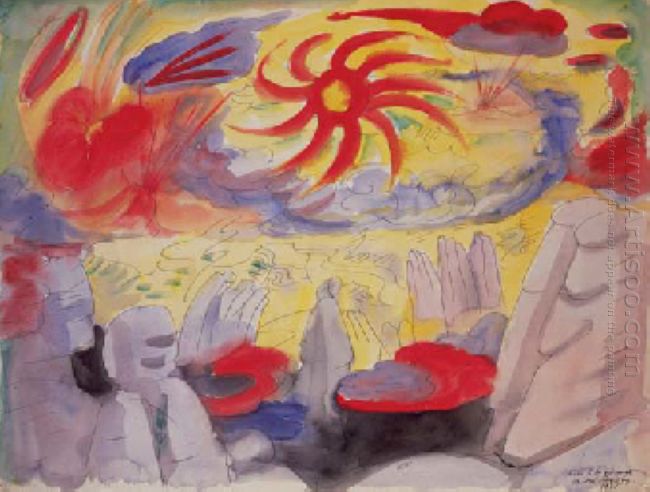
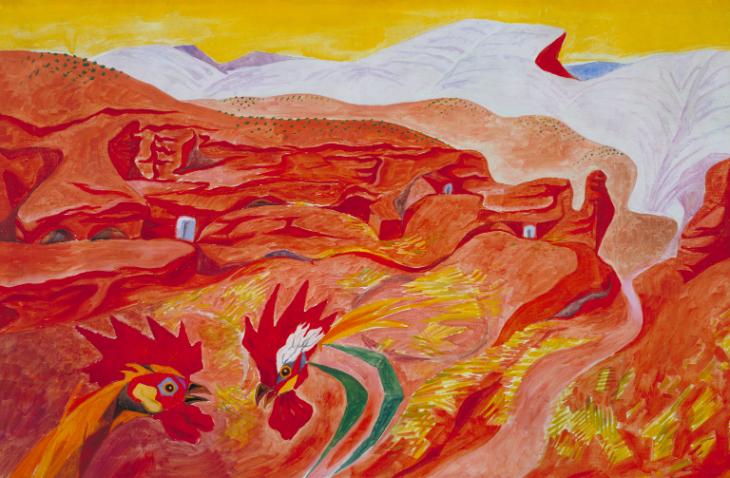
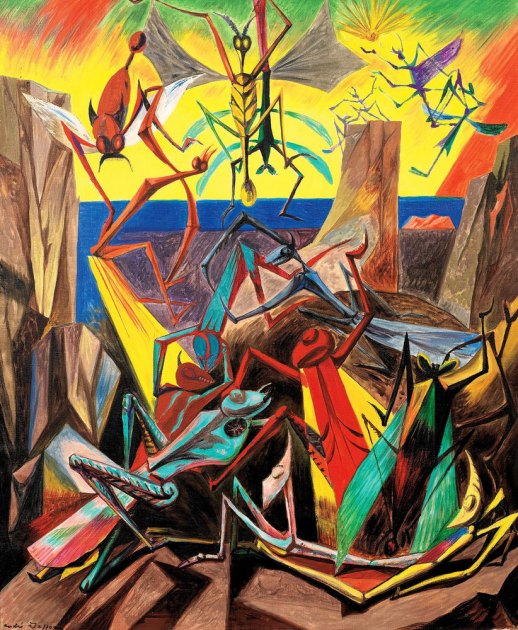
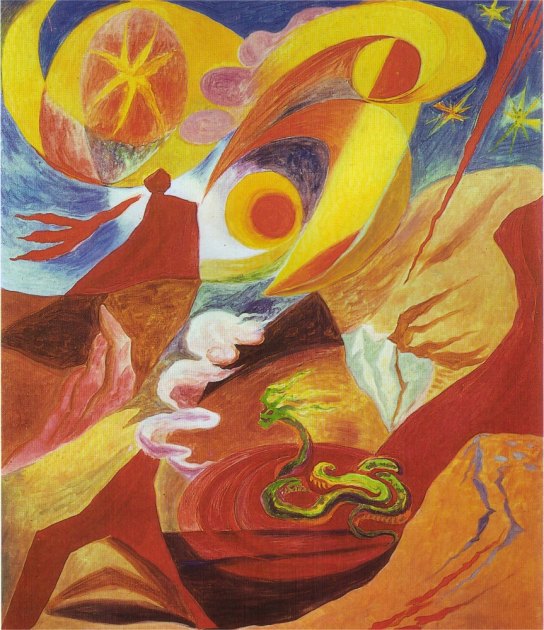
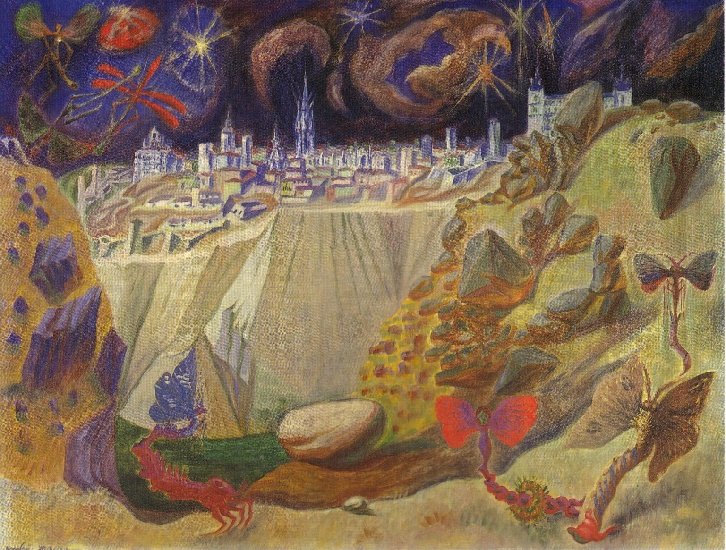
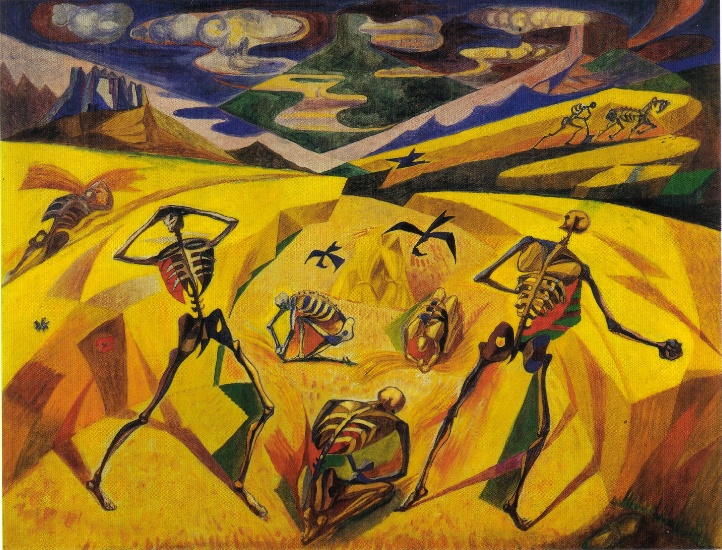

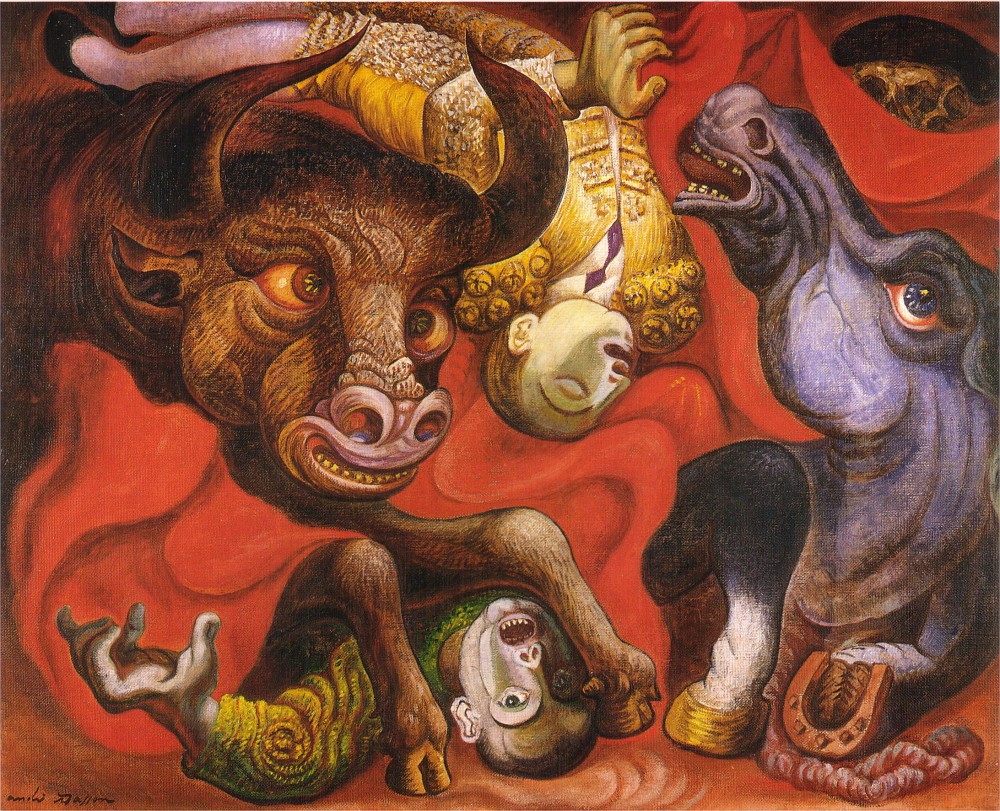
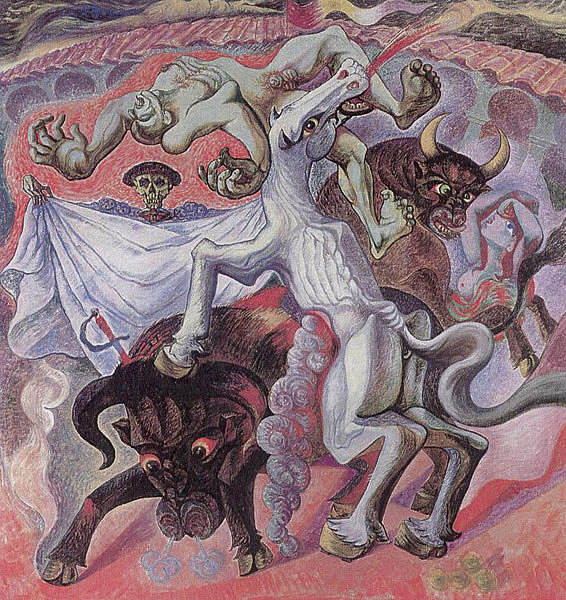
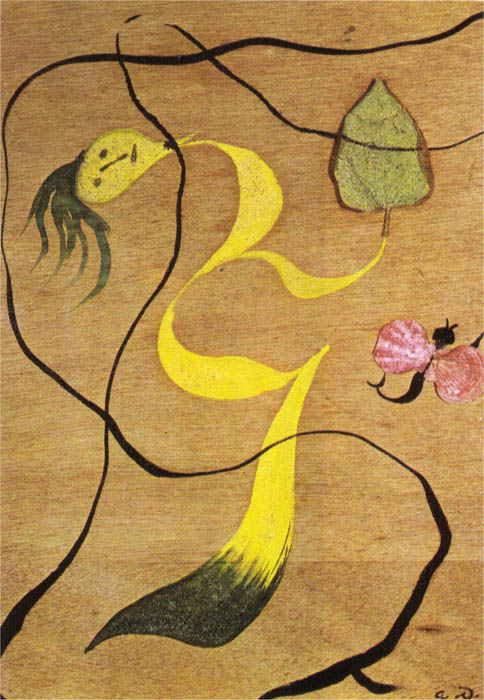
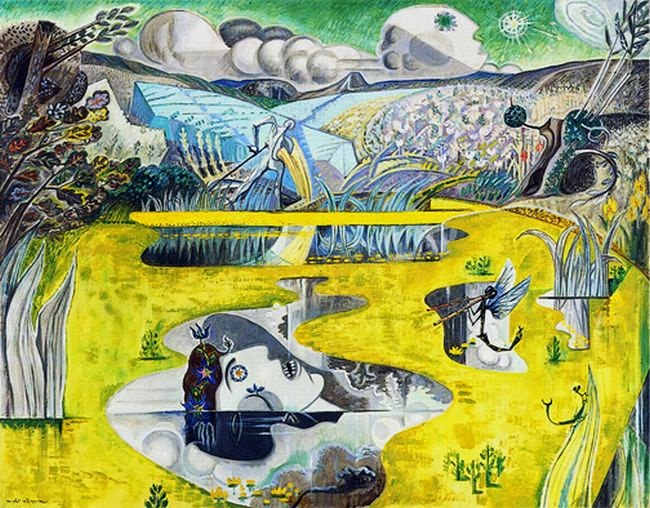
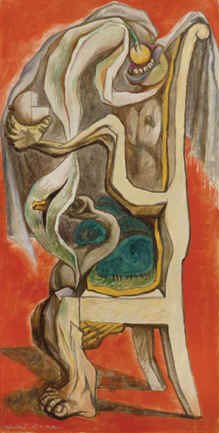
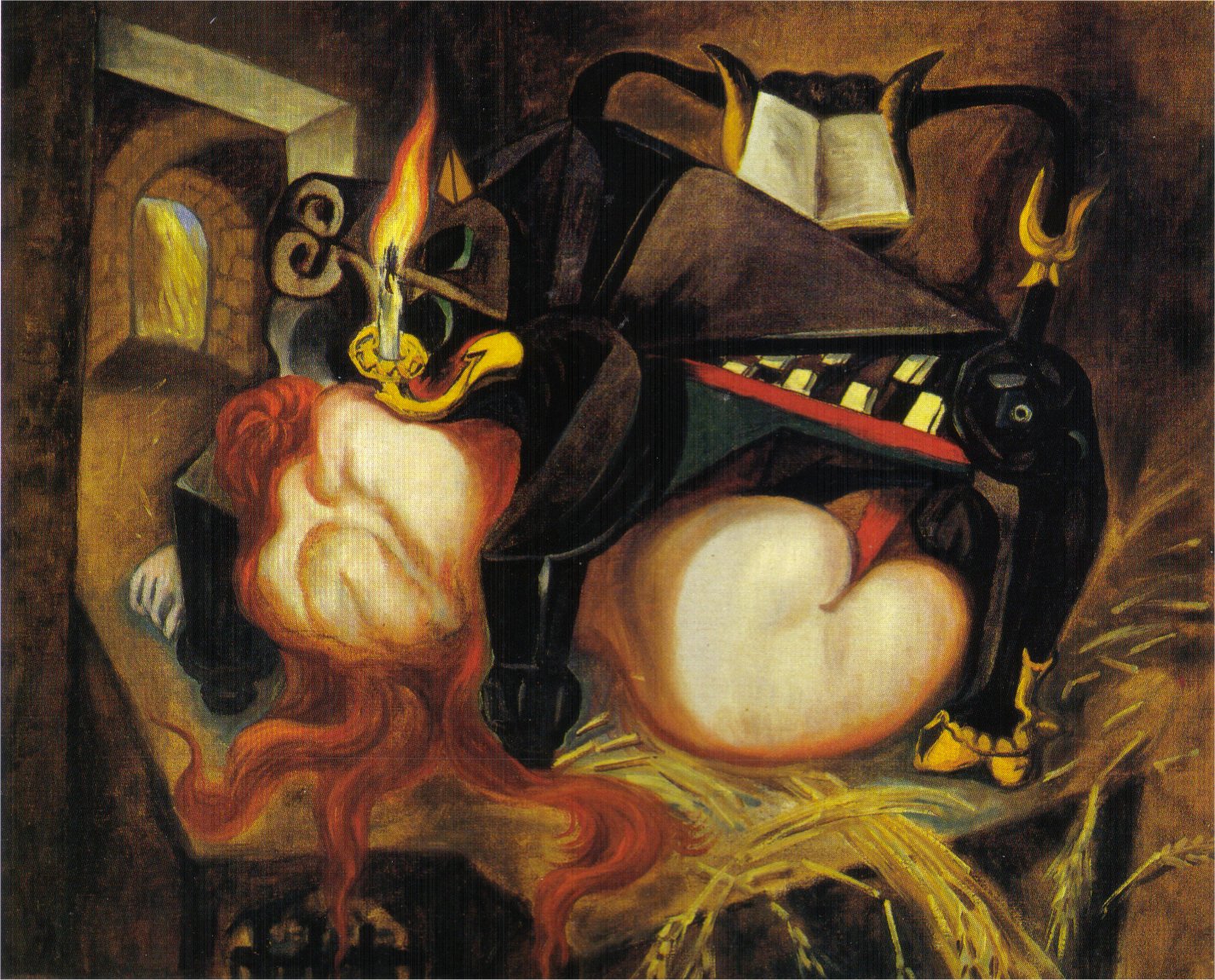
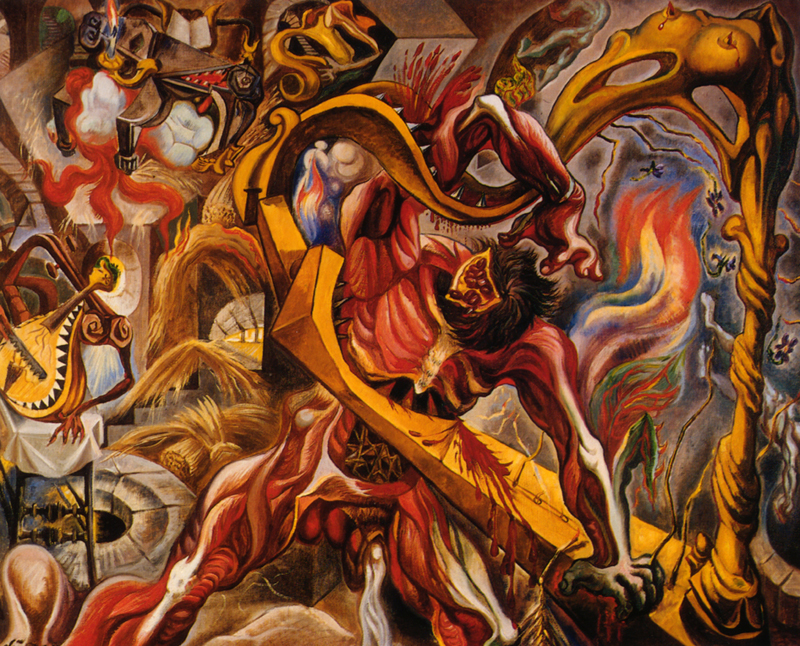
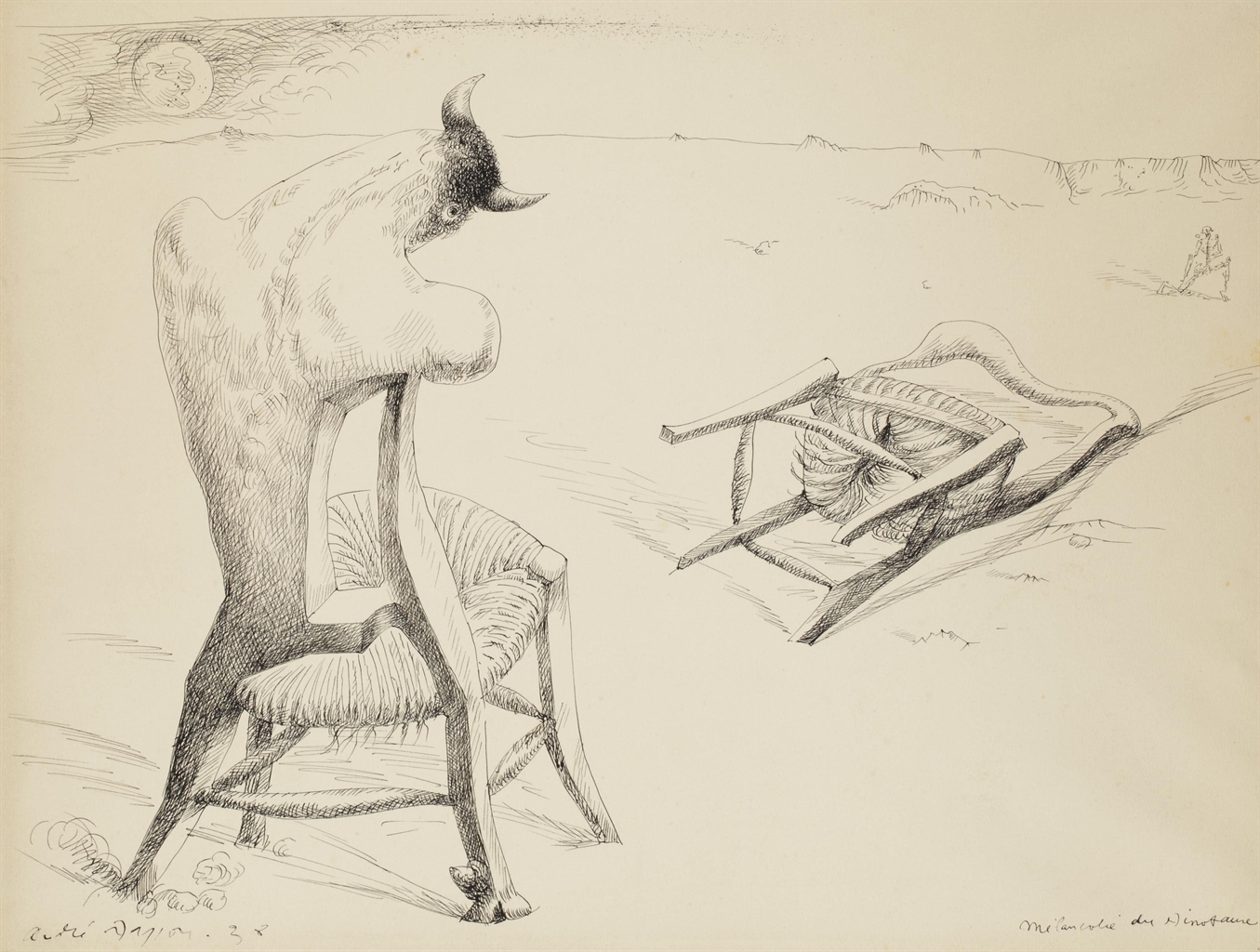
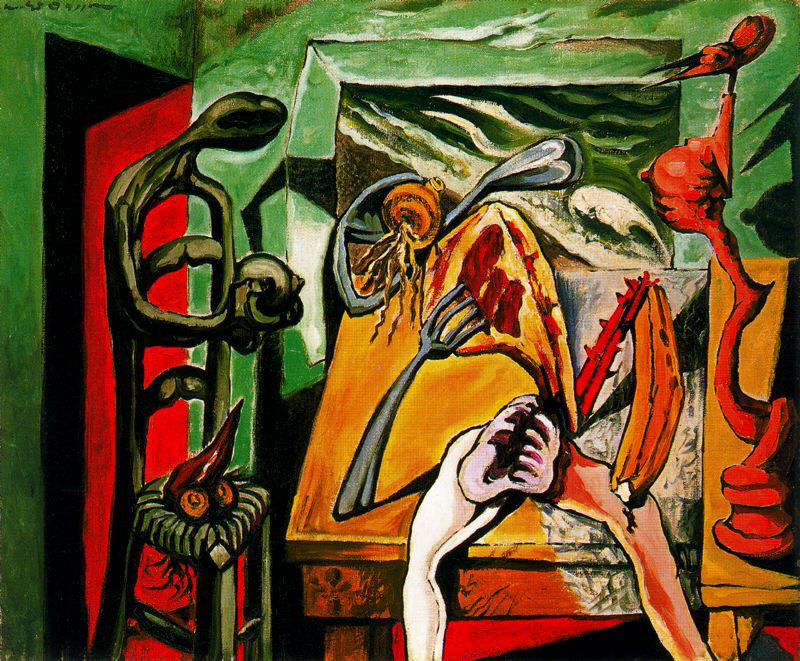
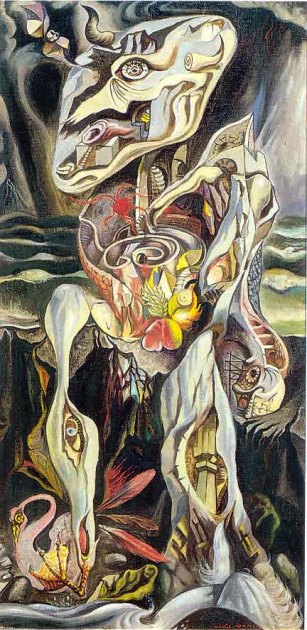
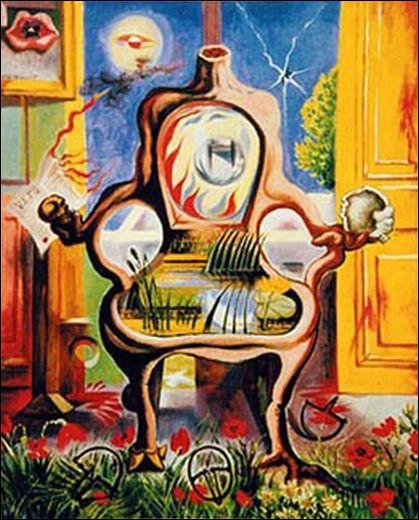
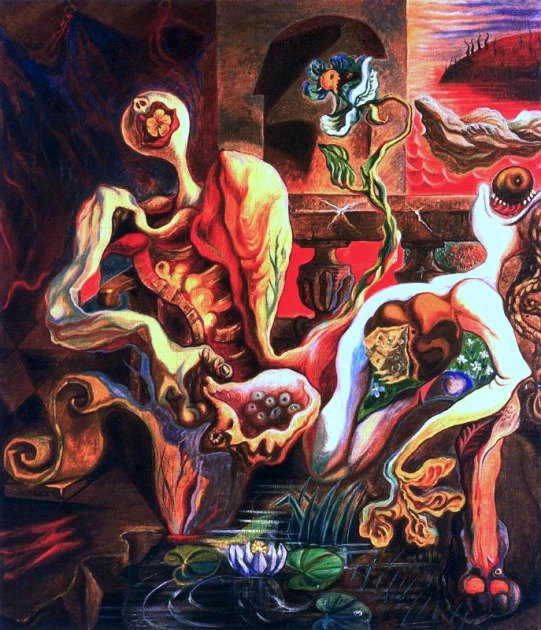
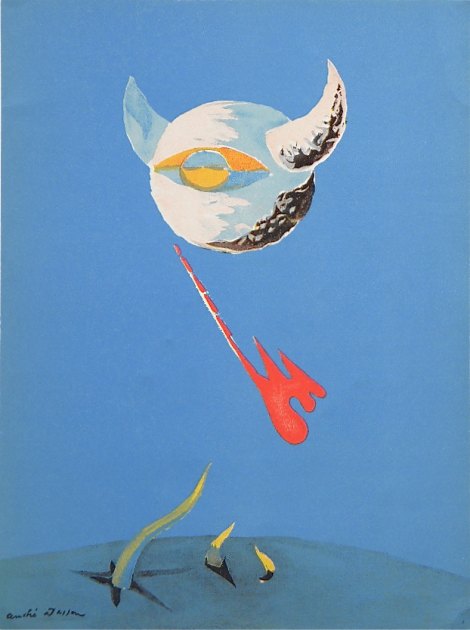
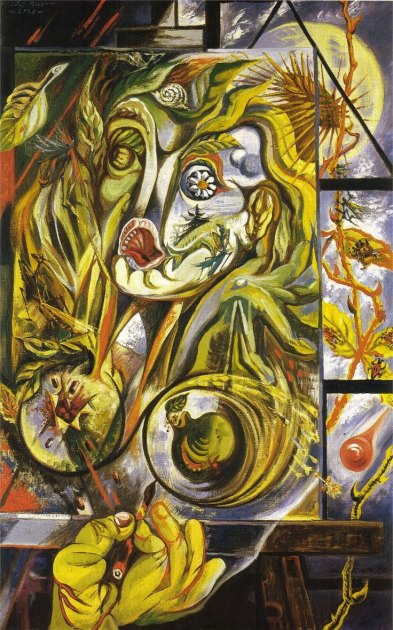
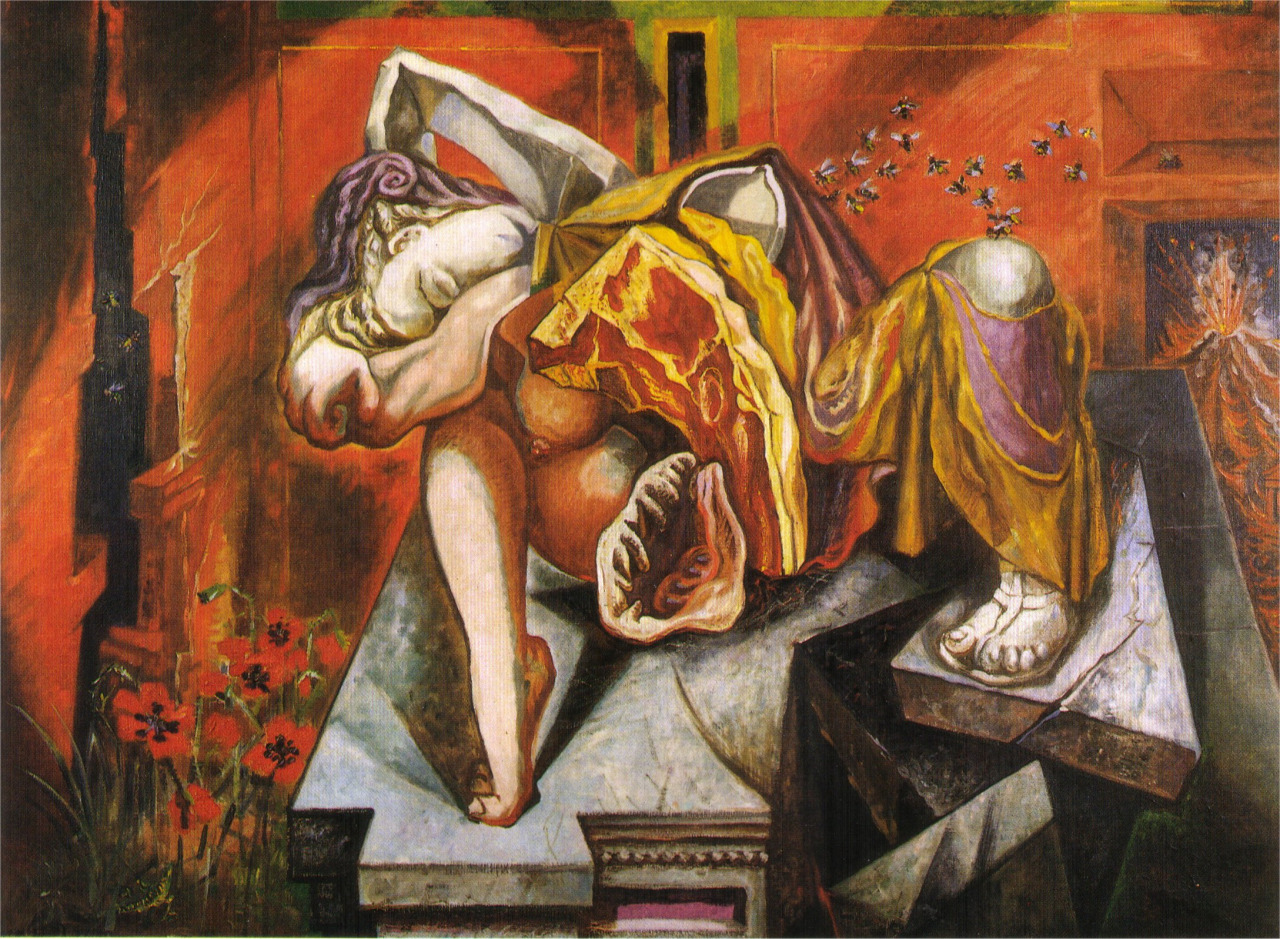
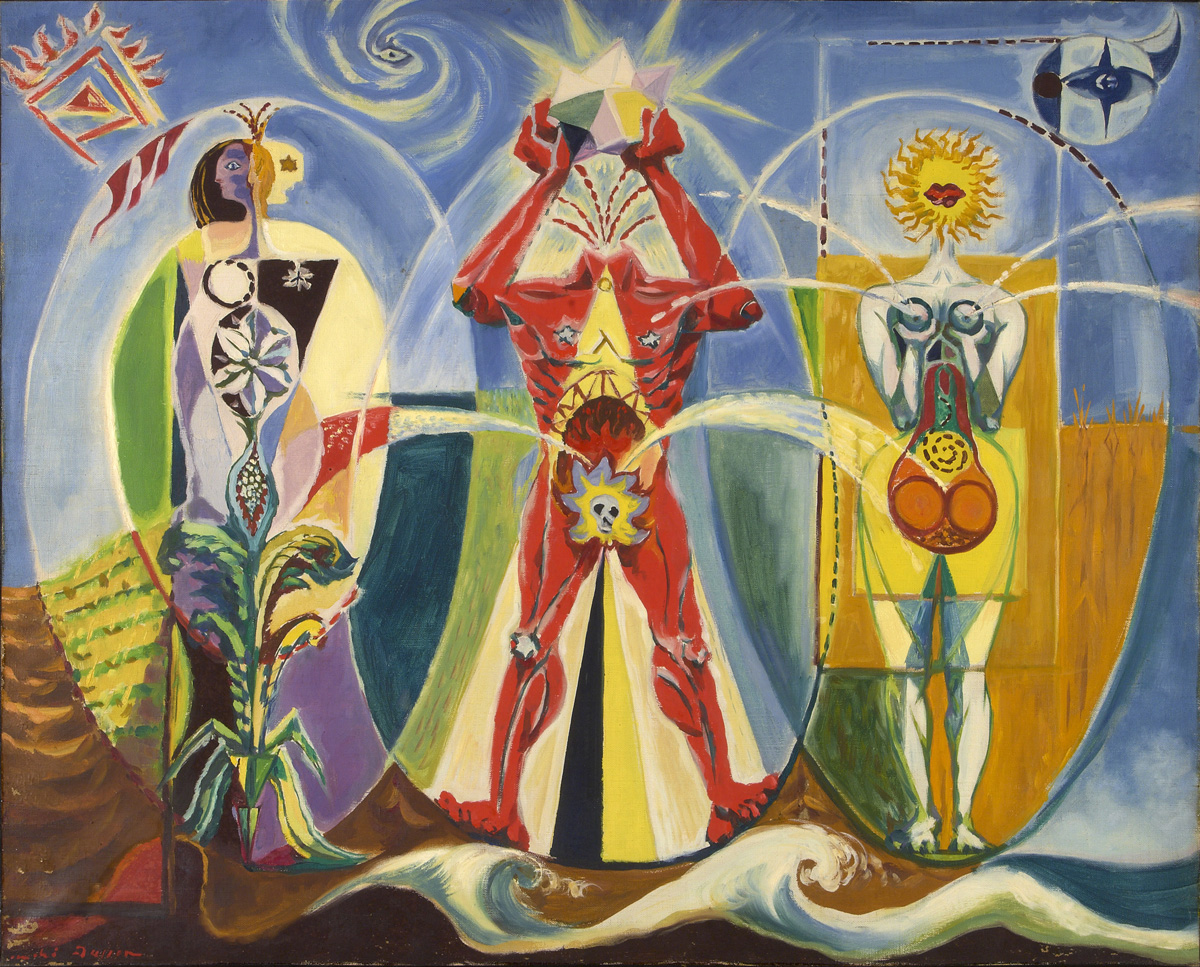
.jpg)
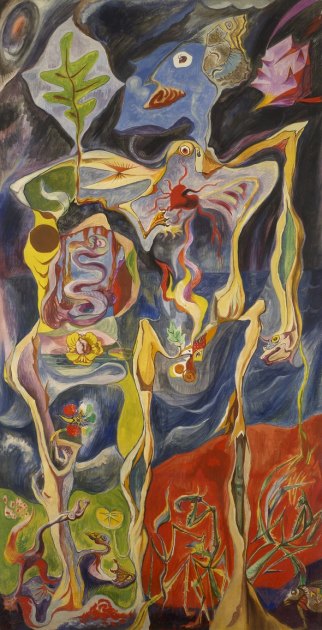
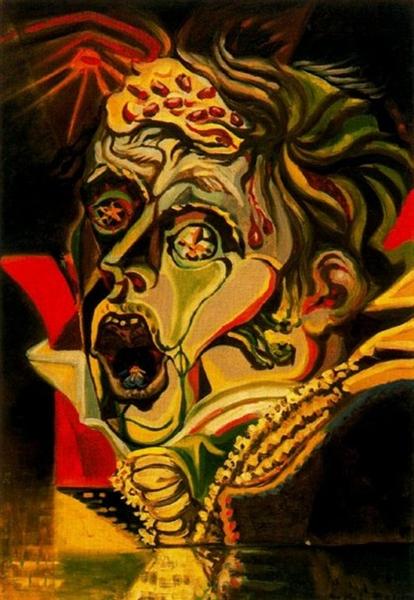
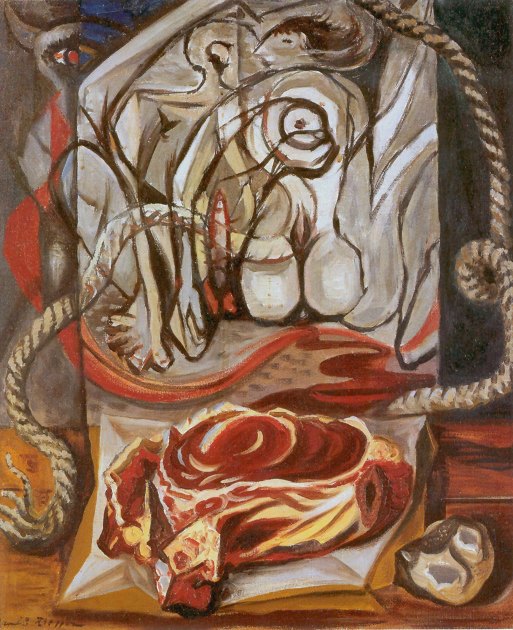
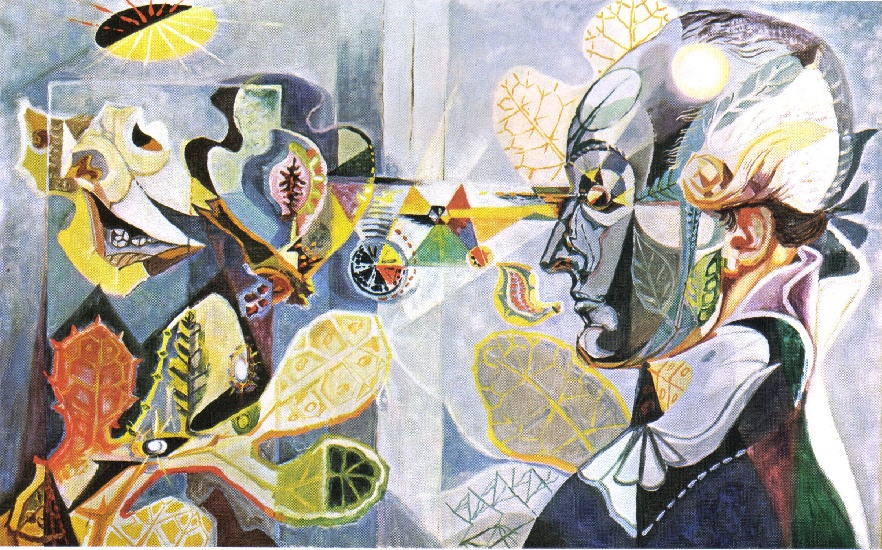
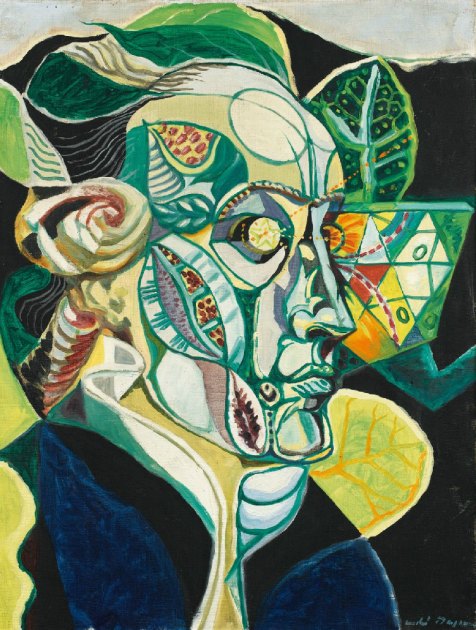
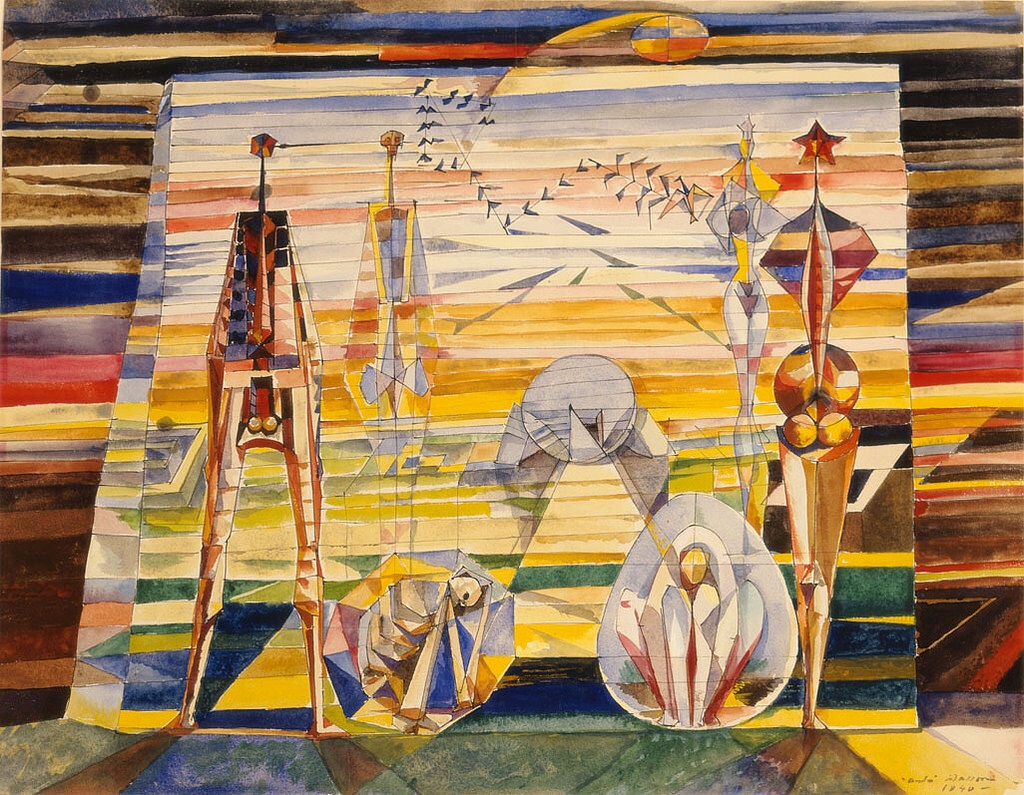
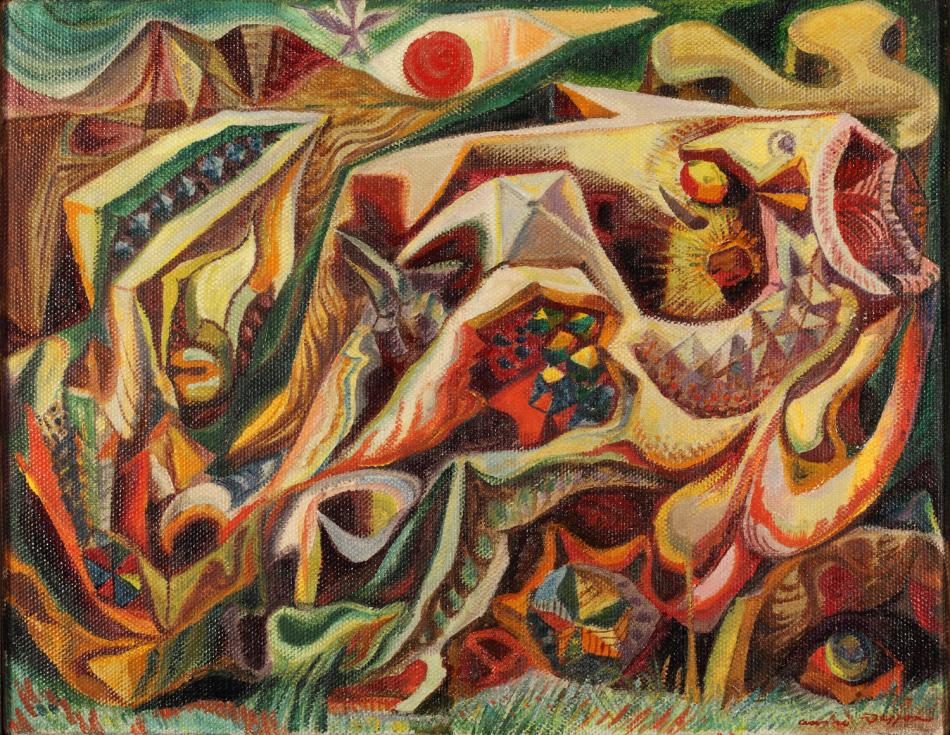
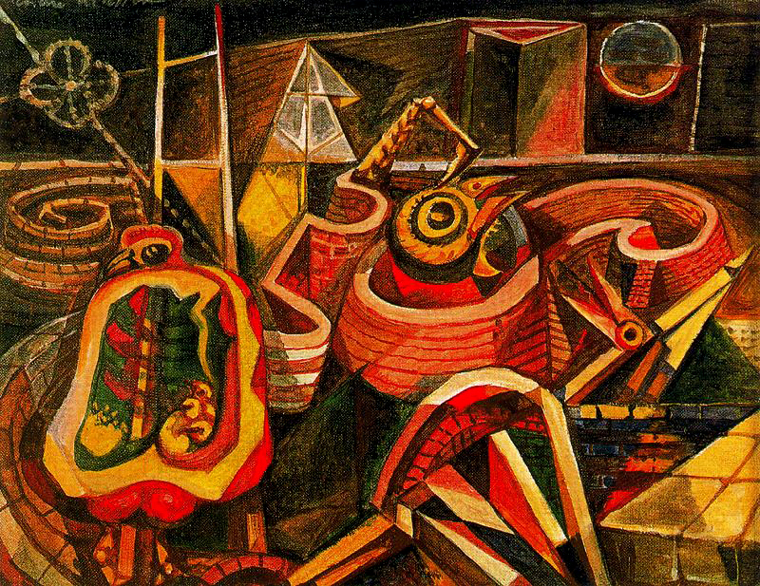
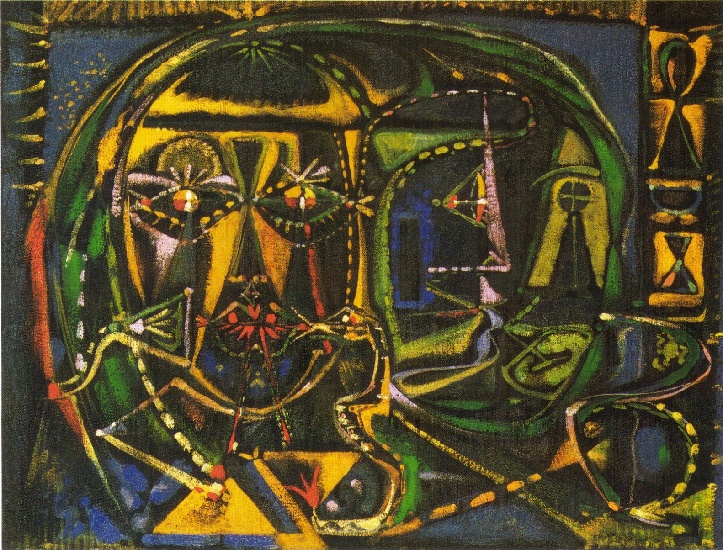

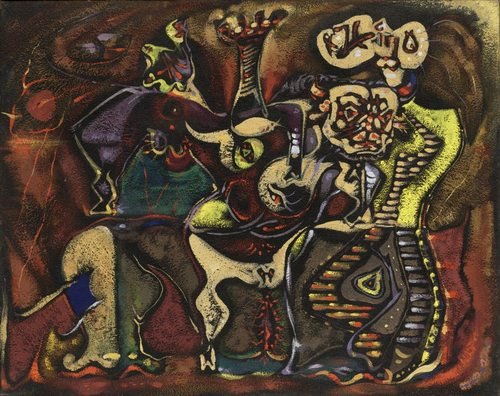
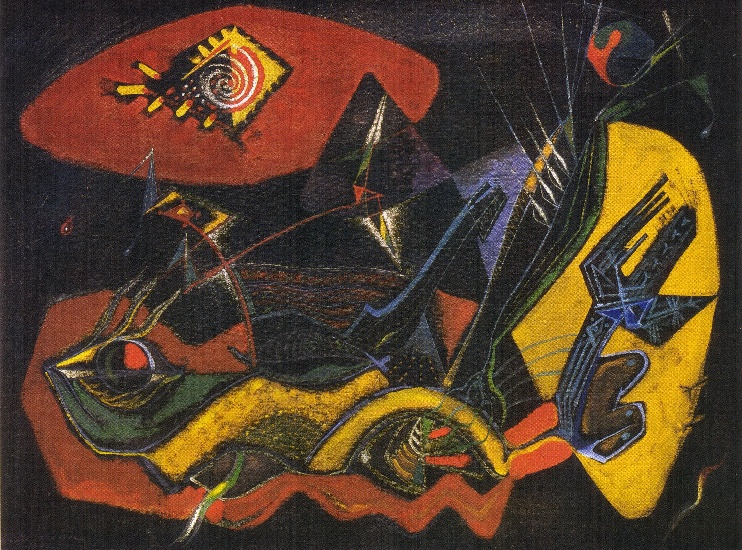
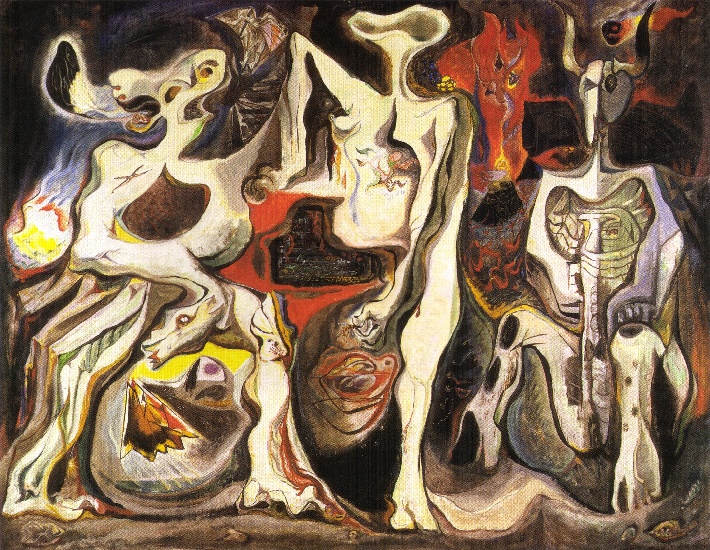
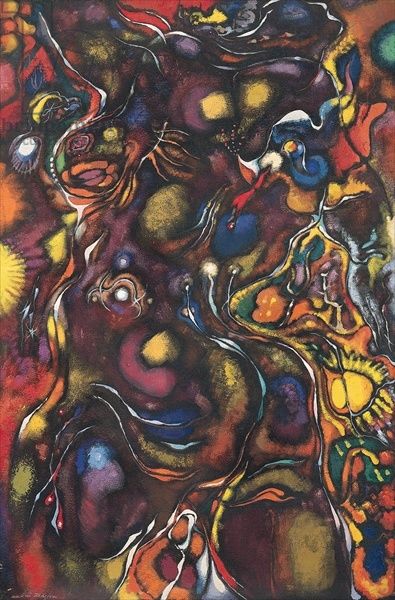
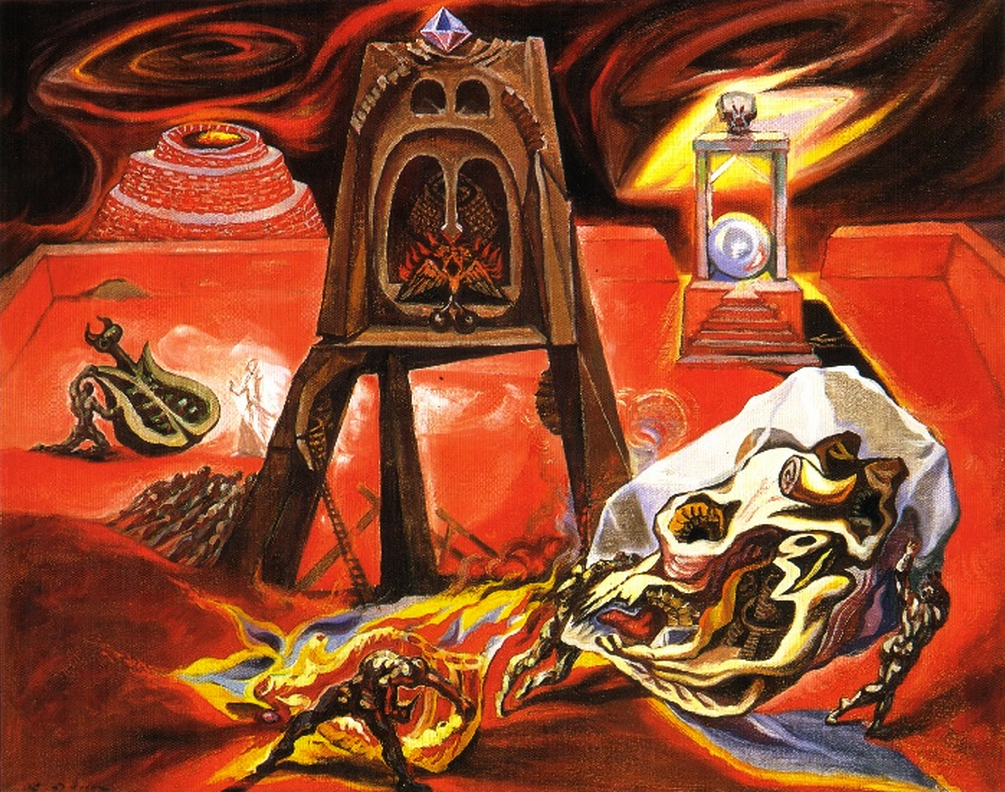
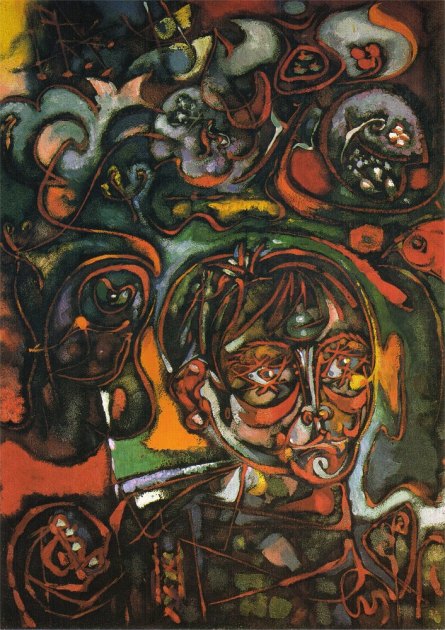
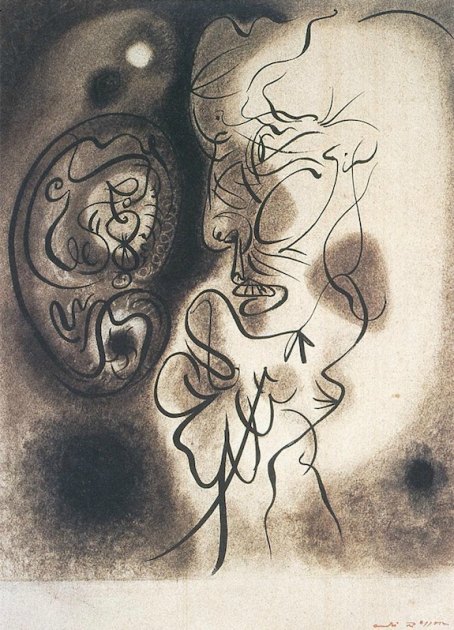
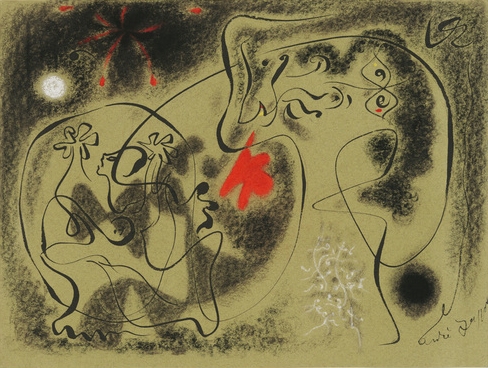
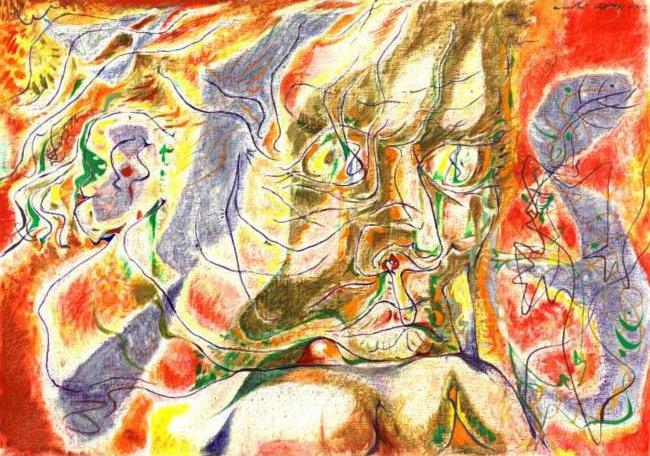
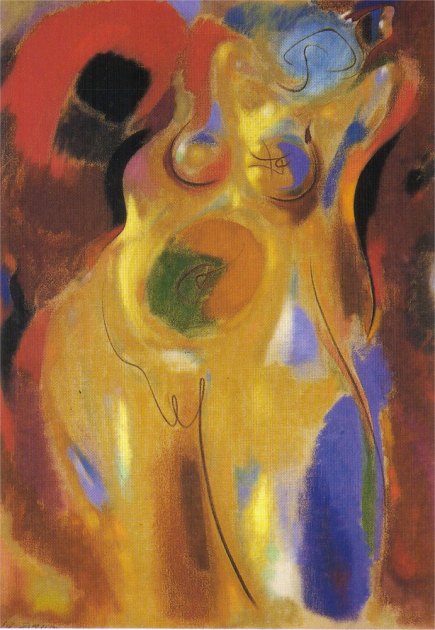
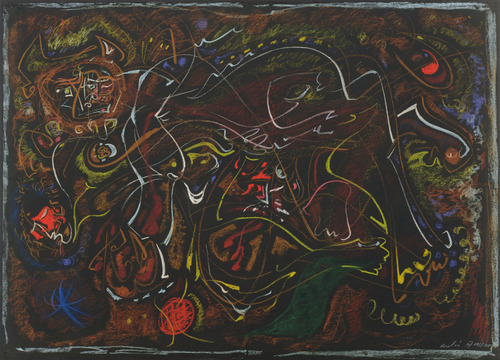

.jpg)
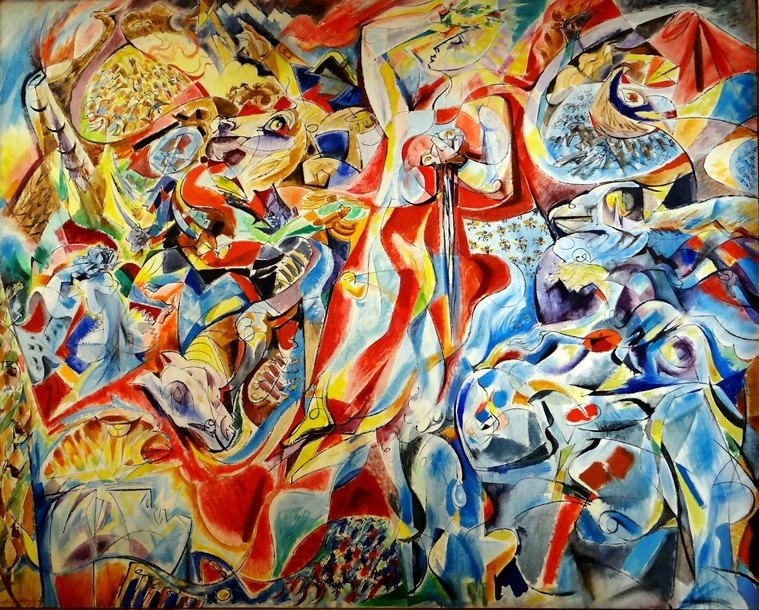
.jpg)
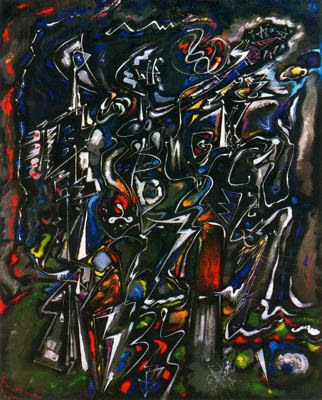
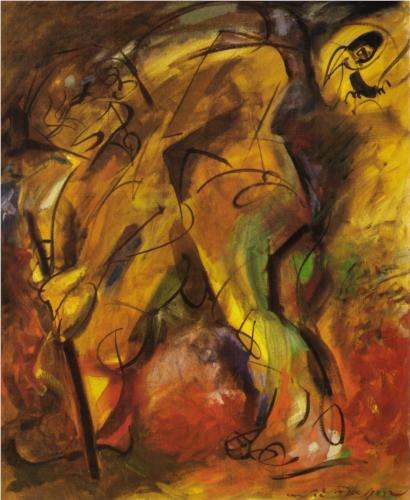
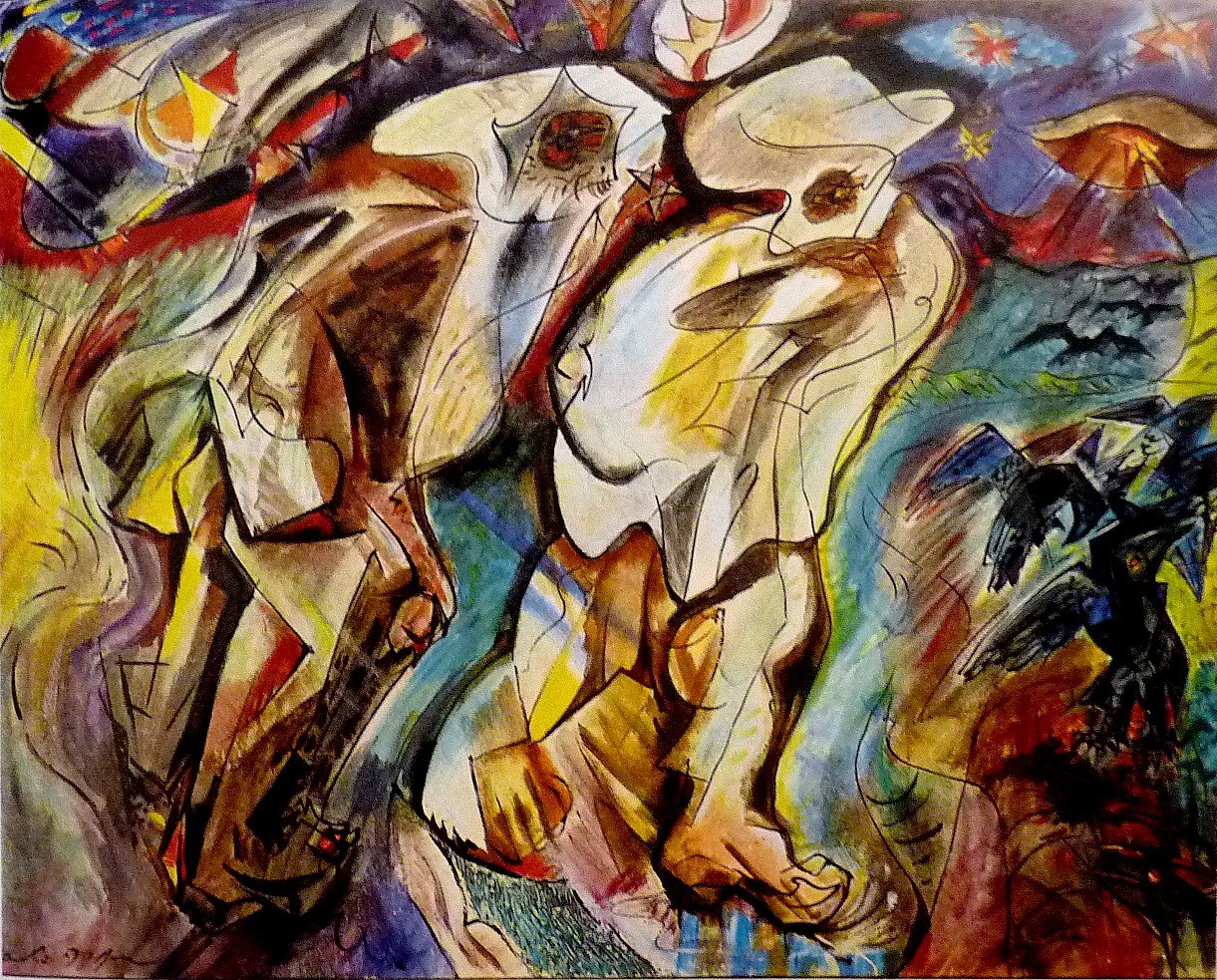










.jpg)






.jpg)



























.jpg)






















.jpg)

.jpg)



 André Masson was born at Balagny in France but spent much of his youth in
Brussels, and was admitted to Académie Royale des Beaux-Arts at the age of eleven. In 1912 he came to Paris to study at the Ecole des Beaux-Arts. During the First World War he served in the French Army 1914-19, and was gravely wounded in the chest. Rescuers were unable to get him to safety and he was left for the night, half-dead, on his back. This experience severly traumatised him.
André Masson was born at Balagny in France but spent much of his youth in
Brussels, and was admitted to Académie Royale des Beaux-Arts at the age of eleven. In 1912 he came to Paris to study at the Ecole des Beaux-Arts. During the First World War he served in the French Army 1914-19, and was gravely wounded in the chest. Rescuers were unable to get him to safety and he was left for the night, half-dead, on his back. This experience severly traumatised him.